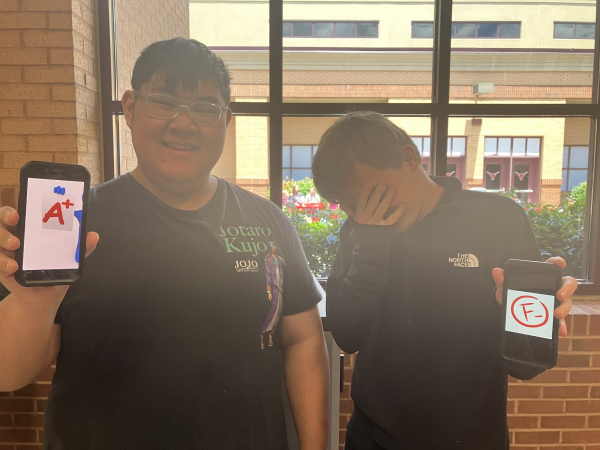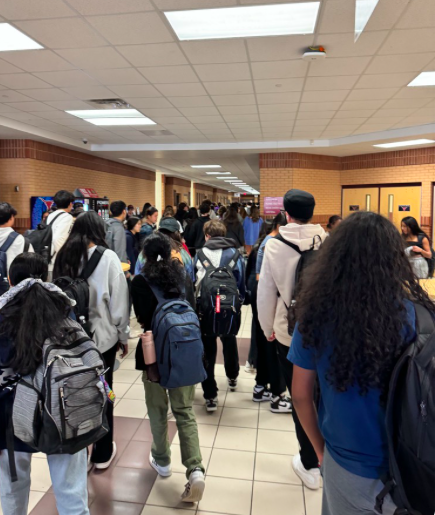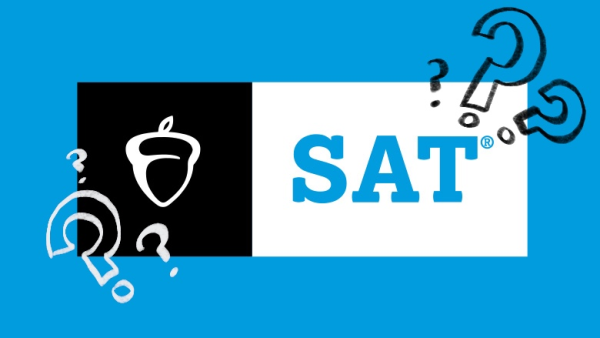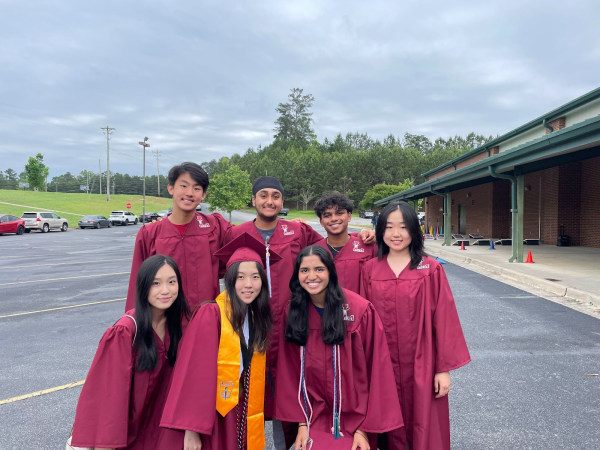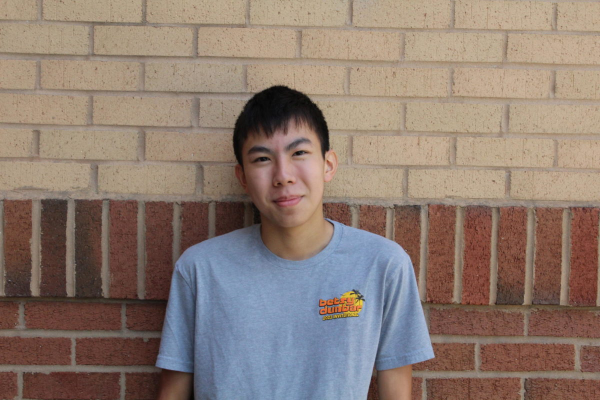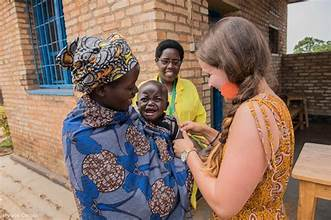Rooting STEM in High School Education

Picture of an iGEM outreach initiative at Riverwatch Middle School. Taken by Janet Standeven on March 19, 2022.
Society today is largely a product of scientific and technological advancement. Our world is safer, faster and more connected than ever due to innovation in the STEM (Science, Technology, Engineering and Mathematics) fields, which have helped reshape the future of the human race for the better. With said advancement characterizing society today, it is no surprise that careers in these disciplines are extremely high in demand, and as employment in these fields continue to be more selective, having exposure and education in these subjects early on is becoming increasingly important to future success.
A prime example of this is Lambert High School’s renowned biotechnology pathway. Here, this pathway is a highly popular and developed offering for students. They have access to professional-grade technology, numerous opportunities to network with industry professionals and the chance to compete on the world’s number one iGEM (International Genetically Engineered Machine) team, and these are just the start of what students can achieve in the pathway. These opportunities are all excellent ways to gain insight and exposure into how the field works, paving the way for students to get a headstart and set up a brighter career and future for themselves.
While this level of synthetic biology education is clearly a remarkable privilege for students, it is also a telling look into the amount of funding and resources needed to finance such education at the high school level. This level of backing is simply not feasible for the majority of high schools across the country and gives insight into the larger problem plaguing the implementation of high-quality STEM education in the classroom. As recipients of such an advanced education at Lambert, it should be our responsibility to have awareness of this privilege as well as the lack of it for most other students across our state and even the nation as a whole. STEM education should be expanded and supported accordingly in order to ensure that all students have access to the tools for a successful, scientifically literate future.
The initial step is ensuring that STEM pathways are given sufficient funding for such resources. Without the necessary financial backing, further development is not possible for schools to expand their quality of STEM opportunities and will ensure that the status quo of said educational deprivation continues despite any additional efforts.
“I think that funding STEM is the future…financing STEM education is very beneficial to lots of students,” Lambert sophomore Tarun Kari said.
Giving this necessary support to finance STEM is clearly an essential step that will directly correlate with its expansion to a larger number of students. A lack of sufficient allocation to STEM opportunities means that money and resources will inevitably be diverted to traditional sources of funding, such as the ‘usual’ classes and pathways holding students back from delving into the fields of the future. In fact, a focus on retaining traditional education leads into the overall issue that this poses to student specialization in STEM fields.
While funding for STEM programs is important, it is apparent that money alone is not enough to fix the disparity in STEM resources for schools. An overall reflection at the limitations of traditional education is needed to fully understand how to effectively expand STEM’s reach to the majority of high school students.
“I feel like…we need a reform in the board of education itself,” Lambert sophomore Neal Karani said. “A lot of our curriculum in a lot of schools are very traditionally focused…they make you do Social Studies, they make you do English, and they leave very little time for students to be able to explore what they want to specialize in the future, because that’s what matters, that’s what school is for.”
Clearly, the limits of traditional education mean that students cannot specialize in a specific STEM field, as their options are limited and restricted by their existing requirements. The traditional approach to education is turning archaic and fails to meet the future needs of our current students, leaving them unprepared for the STEM-centric, rapidly modernizing world of today. The reality that the coming generation may be unprepared to thrive in society should be a huge warning sign for all parties involved and illustrates why base-level educational reform is necessary if STEM education is to be expanded accordingly.
While this issue primarily lies with those in the Board of Education and other related parties, it is also our responsibility as Lambert students to do our part in attempting to give others the same level of access that we are privileged with. Many are already taking up this prerogative and giving back to the community in their respective fields.
“Here at iGEM, we have summer camps where we provide a very good introduction to various synthetic biology topics…we also have outreach committees who reach out to people for education and an education committee that handles those summer camps,” Lambert sophomore and iGEM team member Aditya Lagu explained.
Being in the position that we are as students of Lambert, it should be our responsibility to extend privileges like high-quality STEM education to others without this kind of access. While major changes such as funding, budget allocation and overall educational reform are beyond the influence of students, we can do our part in helping to combat this issue. Holding outreach programs, summer camps and fundraisers are just some of the ways that we can further STEM education to other high schools, and these efforts will go towards ensuring more students can have access to a brighter future. STEM education is undoubtedly a necessity in attaining real-world success in today’s society, and it should be made available to all students at the high school level. Using our position to uplift others will surely go a long way into paving a better today and a brighter tomorrow for our fellow students.
Your donation will help support The Lambert Post, Lambert High Schools student-run newspaper! Your contribution will allow us to purchase equipment and cover website hosting costs.



